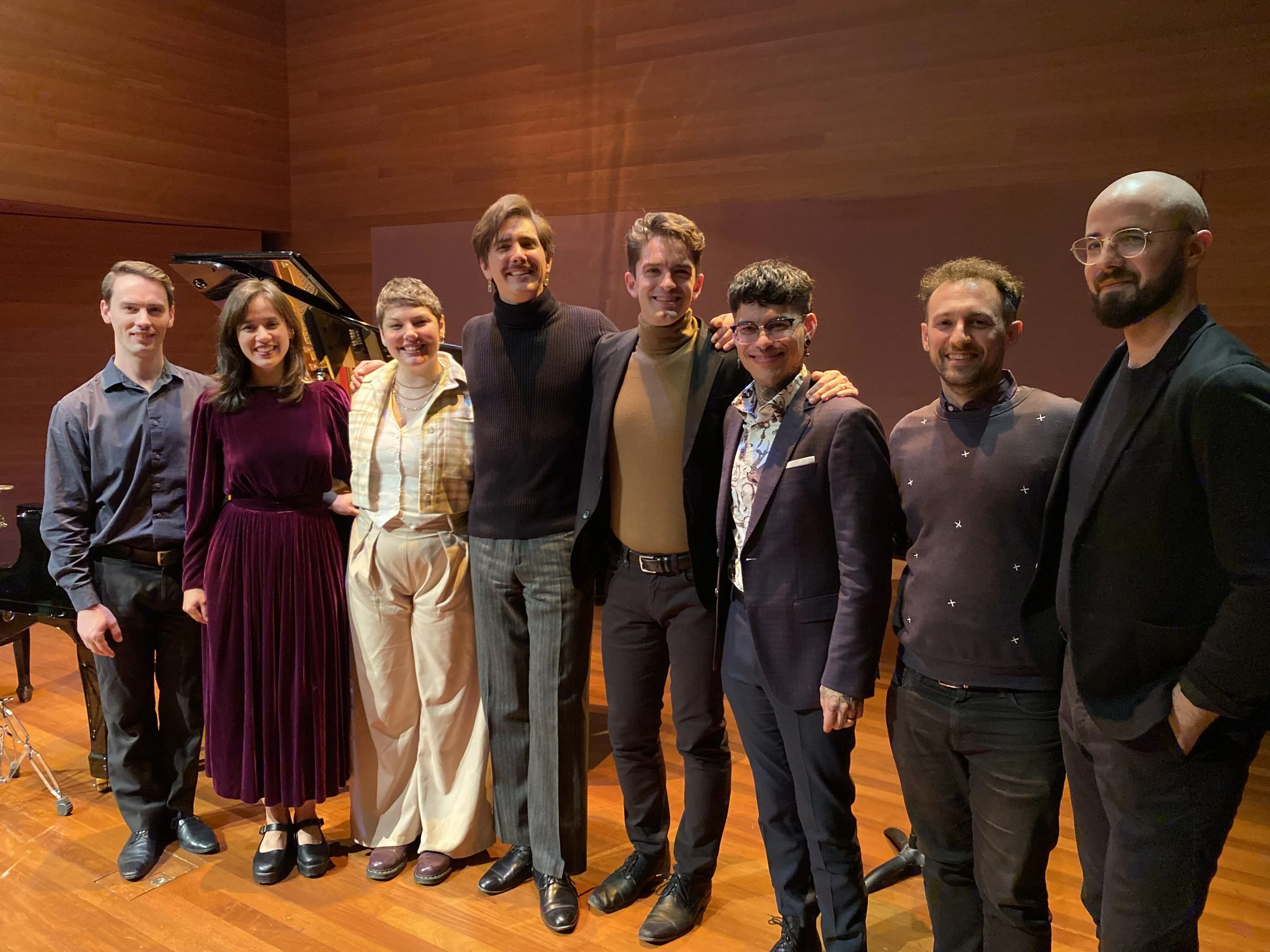Kariné Poghosyan’s Khachaturian Joyride
Above, Kariné Poghosyan plays Khachaturian. Photo by Jochen Sass.
By David Wolfson
“The piano is a percussion instrument.” So say my notes from midway through Kariné Poghosyan’s all-Khachaturian recital at Carnegie Hall’s Weill Recital Hall. Certainly it was in Poghosyan’s hands, and she both reaped the rewards and did not entirely skirt the pitfalls of such an approach. The program, consisting of works written for the piano or arranged for it from orchestral originals, showcased both Khachaturian’s dramatic side and a more lyrical strain. The former fared very well indeed here, the latter somewhat less so.
Khachaturian is best known at this point for a handful of ballet excerpts that have become canon, most notably the “Sabre Dance” from the ballet Gayaneh. But he was one of the most prominent Soviet-era composers, along with Prokofiev and Shostakovich, and he is still a patron saint of Armenian music, in much the same relation that Sibelius has to Finland. Armenian folk music features frequently in his music. (Poghosyan is Armenian-American, and the concert was presented by the Armenian mission to the United Nations.)
Perhaps unsurprisingly, the native piano works were more satisfying in general than the orchestral reductions. An unexpected exception was the concert opener, the Adagio from the ballet Spartacus (arranged by M. Cameron). Composed in 1954, the piece has chord progressions and melodic tropes which became pop music cliches in the 50s and 60s, and it’s virtually impossible to hear the piece without it sinking under the weight of those cloying associations. But Poghosyan sidestepped this issue by emphasizing texture and color, creating orchestral effects with just the keyboard.
Khachaturian at the piano.
The most successful parts of the program were the passages or pieces that were rhythmic, percussive and manic. Notable standouts here were the 1932 Toccata and the outer movements of the 1961 Piano Sonata (more about which in a moment), although most of the pieces had at least a little of it. Poghosyan is a remarkably physical performer, with sweeping arm gestures as follow-throughs to sforzando chords, a visceral rhythmic impulse and an unfettered abandon that serves this type of music very well indeed.
Less convincing were most of the more lyrical pieces and passages, including two of the other orchestral transcriptions: “Nocturne” and “Romance” from the Masquerade Suite (arranged by A. Doluknanian) and “Oror (Lullaby)” from Gayaneh (arranged by Poghosyan). Khachaturian’s melodic sense was not his strongest suit, Armenian folk sources notwithstanding; and Poghosyan did not exploit the range of color here she had in the Adagio, leaving the melodies to compete with their accompaniments for our attention and weakening the illusion of line that melodic pianism depends on.
Photo by TaeHyub Lee
I had no such quibbles about even the slow movement of the Piano Sonata, though. The repetitive, rocking main figure was hypnotic and arresting; and even in an “Andante tranquillo” there were episodes of heart-racing virtuosity. The faster outer movements often seem to filter jazz influences through a much more refined sieve than in, say, Ravel or Bernstein; I heard bebop in the lightning-fast 16th notes and Latin jazz in the syncopations, but not overtly. Mostly what I heard was energy, momentum and one implausibly thundering, immensely satisfying over-the-top climax after another. Under Poghosyan’s hands, the piano is indeed a percussion instrument, and Aram Khachaturian’s more percussive music a thrilling, glad-I-got-out-of-bed-this-morning joyride.
David Wolfson holds a PhD in composition from Rutgers University, and has taught at Rutgers University, Montclair State University and Hunter College. He is enjoying an eclectic career, having composed opera, musical theatre, touring children’s musicals, and incidental music for plays; choral music, band music, orchestral music, chamber music, art songs, and music for solo piano; comedy songs, cabaret songs and one memorable score for an amusement park big-headed-costumed-character show. You can find more information here.





